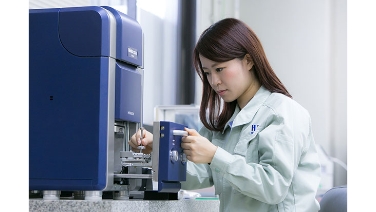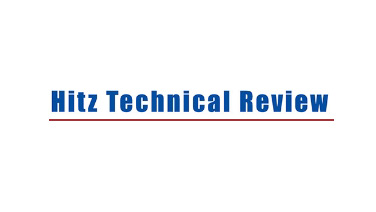Desalination Plants
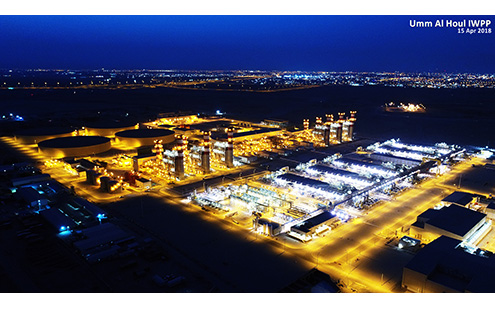
Completion : 2018
Capacity : MSF 347,770m3/day , RO 272,760m3/day
A natural water cycle occurs on the earth's surface whereby seawater is evaporated by solar energy and turned into rain to make rivers, which return the water to the sea.
There are areas, however, where it is difficult for this water cycle to occur and inhabitants suffer continually from a shortage of fresh water; for example the Middle East, isolated islands, and areas where no big rivers flow nearby.
Our group contribute to societies and people living in such areas by constructing seawater desalination plants to create artificial water cycles.
Major products
Seawater desalination technology
RO (Reverse Osmosis) Method

Completion : 1986
Capacity : 240m3/day×1unit
The reverse osmosis method is a process for producing fresh water by supplying seawater to a semipermeable membrane at higher pressure than osmotic pressure. Unlike the evaporation method, it does not require steam and can produce fresh water with a high energy efficiency.
In the Middle East, where the cost for energy is relatively low, the evaporation method prevails. However, RO is now expanding its share of the worldwide market, helped along by improvements in technology and membrane performance. At present, more than one half of desalination plants use the reverse osmosis method.
We have been developing this process with its own technology since the 1970s and have many records of delivery to mainly isolated islands in Okinawa.
Recently, we have constructed a large RO plant in Qatar and the plant has produced approx. 270,000 m3 of water per day.
Hitachi Zosen Group - Osmoflo Holdings Pty Ltd
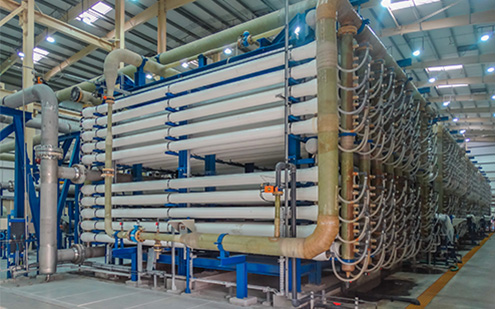
Completion : 2016
Capacity : 56,826m3/day
Our Australian subsidiary, Osmoflo is a global desalination and water treatment company. Located across Australia, the Middle East, Oman and India. Osmoflo offers international coverage of its world class capabilities in delivering water treatment solutions. Osmoflo has over 450 plants located around the world at remote mine sites, oil & gas fields, power stations, city breweries, townships and coal seam gas fields - wherever there's a need for drinking, process, high purity or recycled water.
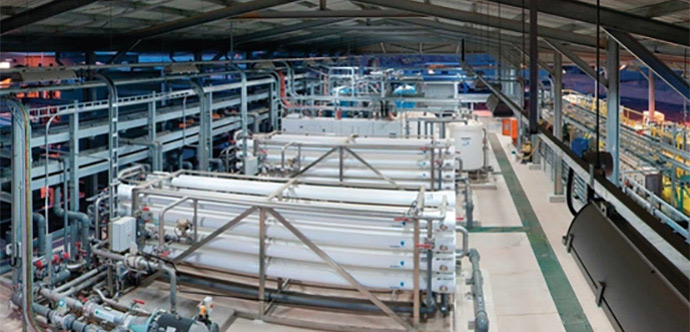
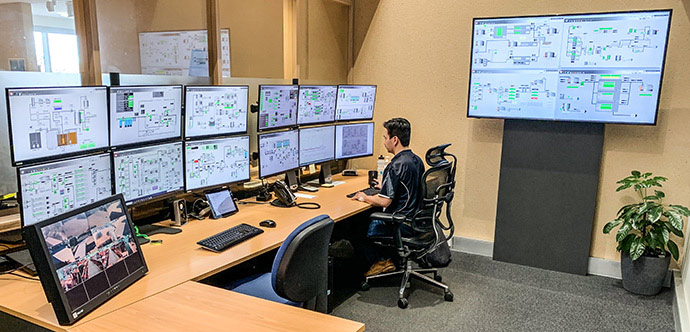
Emergency Water Service
The Hitachi Zosen Group and Osmoflo provide rental services for seawater desalination using RO membranes and wastewater treatment equipment around the world. Our Group has a record of more than 50 projects in response to needs such temporary water supply and securing backup water during emergencies (disasters, droughts, etc.) and plant construction.
In accordance with customer needs, we customize and propose the type of rental equipment, the number of equipment, the installed capacity, etc.
Furthermore, Hitachi Zosen arranges all the equipment inside of a container. This container design makes it simple and fast to transport the equipment to the worksite and complete installation, thus enabling the start of installation in a short period of time.
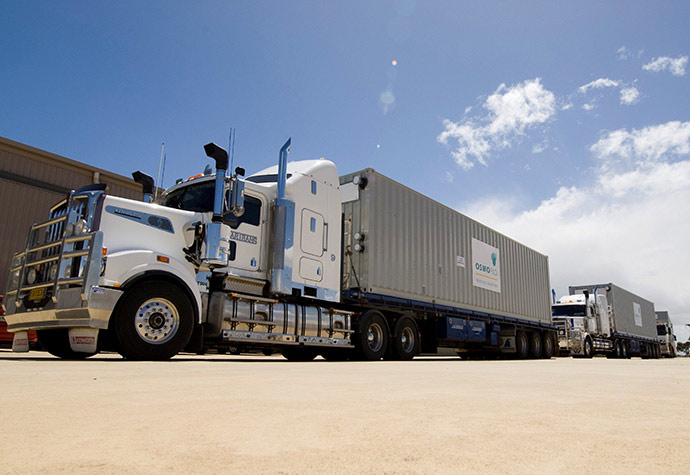
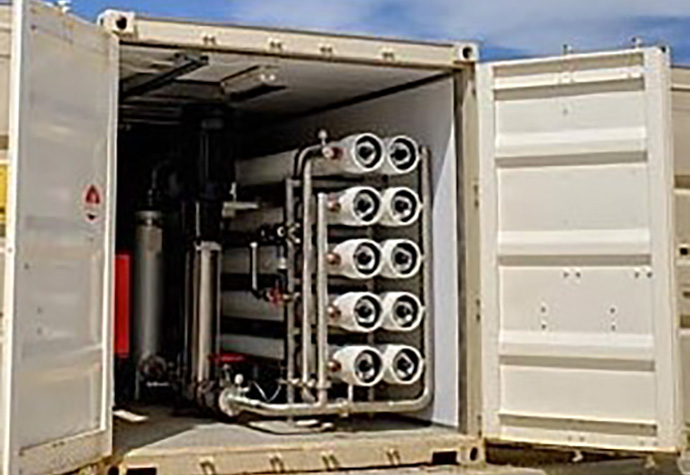
Fast Track Emergency Water Solution – 7,000/14,000/21,000 m3/day
Hitachi Zosen and Osmoflo own rental RO seawater desalination plants. We offer container-type RO plants of 7,000 m3/day, 14,000 m3/day, and 21,000 m3/day. These plants can be transported anywhere in the world with a short delivery time. In this way, Hitachi Zosen can propose both sales and rentals.

MSF (Multi Stage Flash) Method
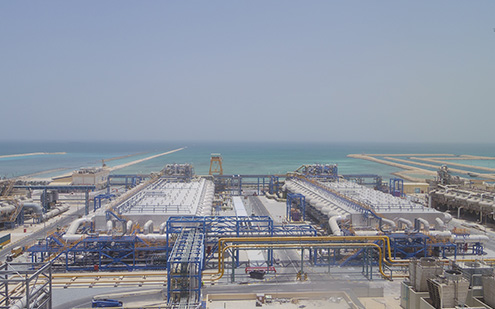
Completion : 2015
Capacity : 163,656m3/day
The multi stage flash method is an evaporation process for desalination in which heated seawater is evaporated in a vacuum evaporator and the resulting vapor is condensed to produce fresh water. Recovery of the latent heat of condensed vapor increases the heat efficiency. In the Middle East most desalination plants are constructed with power generation facilities. Therefore many large MSF desalination plants are operated using the excess steam from the power generating facility. We have built 17 plants and 49 desalination units since 1978 (total water production: 1,664,997m3/day).
MED (Multiple Effect Distillation) Method
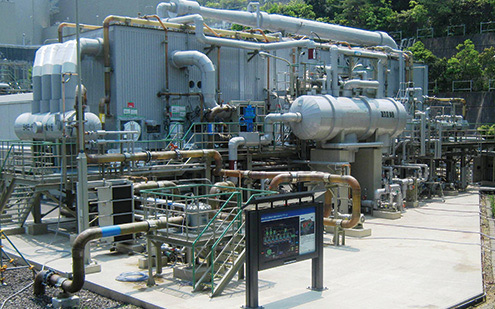
Completion : 2011
Capacity : 1,300m3/day×1unit
Multiple evaporators are connected, and the heat source of the first evaporator uses steam from power generation equipment, etc. However, the heat source after the second evaporator uses the steam generated in the previous evaporator. This steam generation process is repeated for the number of evaporators to efficiently produce fresh water. Depending on the shape of the heat transfer surface installed inside, the evaporators are largely divided into vertical tube evaporators (VTE), horizontal tube evaporators (HTE), and multi-effect evaporator plates (MEP).
In the 1960s, Hitachi Zosen entered the water generation market through VTE multi-effect water generation equipment. Furthermore, we started development of a horizontal tube MED in 2001. After completing verification tests, we started operation of the first unit in July 2011.
Related technology
Click here for inquiries about Hitz technology
